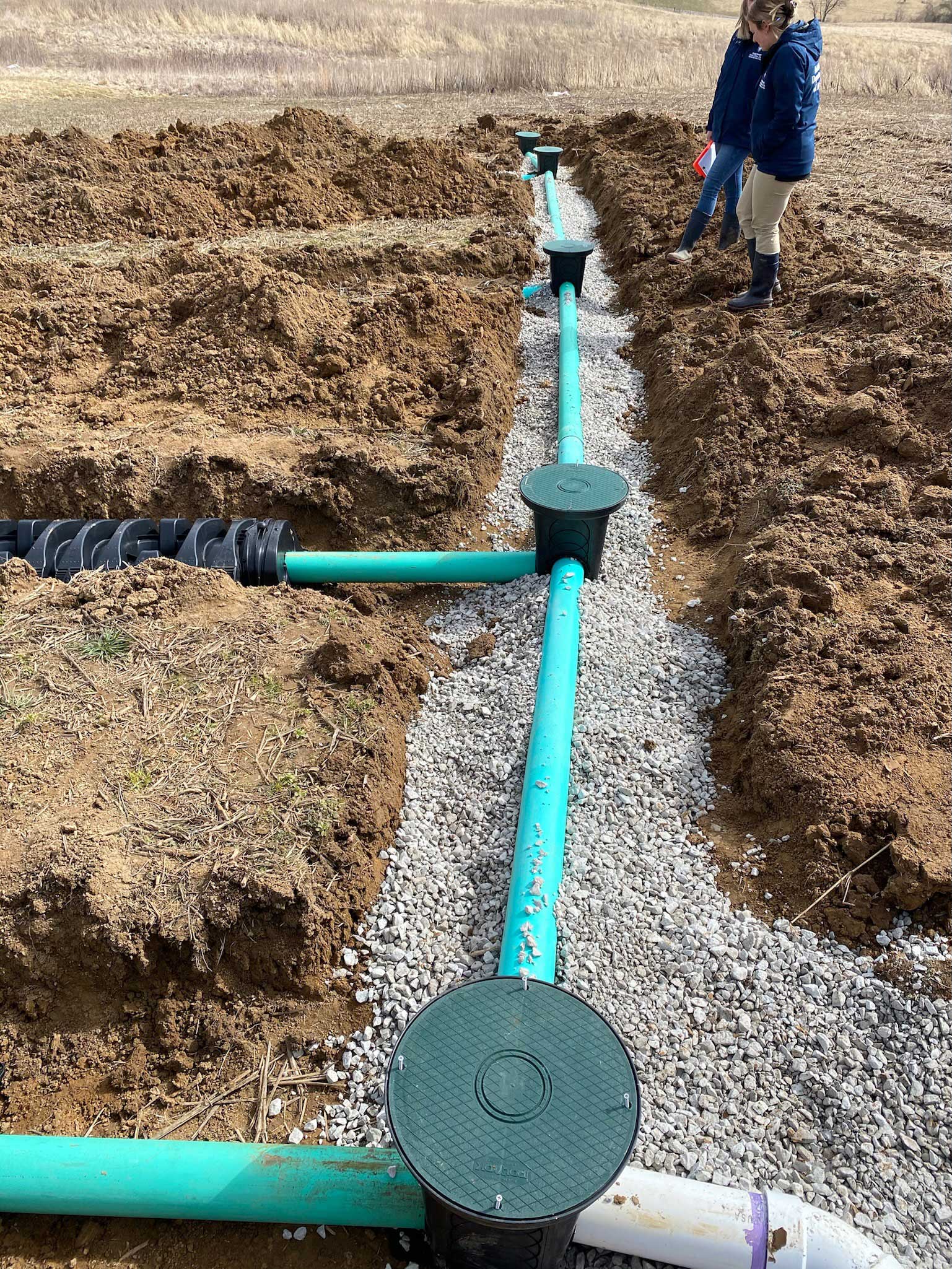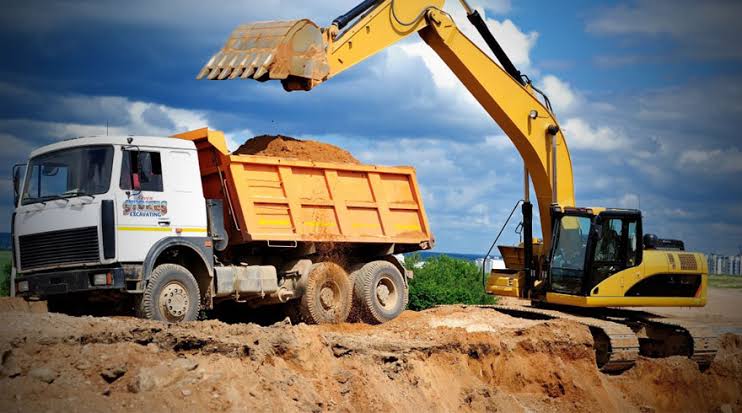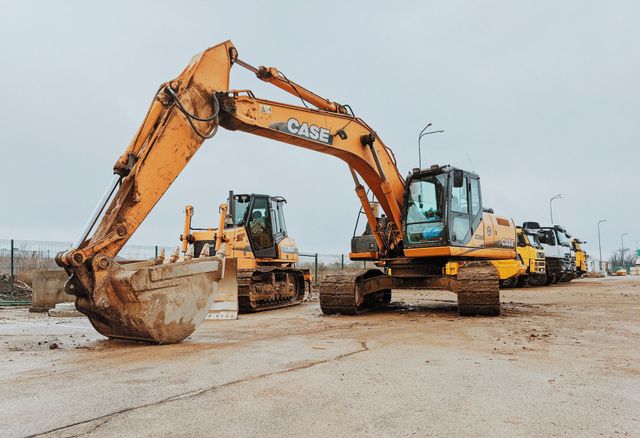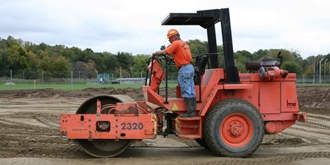Lancaster Trenching - Specialist Trenching Solutions in Lancaster, Ohio
Lancaster Trenching - Specialist Trenching Solutions in Lancaster, Ohio
Blog Article
In-Depth Expedition: The Science Behind Superior Excavation Practices
The world of excavation techniques is a domain name where science links with craftsmanship to uncover the secrets hidden under the planet's surface. From ancient hand tools to modern hydraulic excavators, the development of excavation methods has been a testament to human ingenuity and technological advancements. However, what really sets remarkable excavation practices apart is a deep understanding of geological principles, coupled with the usage of advanced tools and approaches. By exploring the science behind these methods, we can uncover the secrets that exist under our feet and value the precision and expertise that go into every dig.
Advancement of Excavation Techniques
Throughout background, the advancement of excavation strategies has actually played a critical function ahead of time building methods and archaeological explorations. From the basic devices utilized by our ancestors to the innovative machinery employed in modern-day times, the progression of excavation approaches has significantly changed how we approach numerous jobs.
In old times, hands-on labor with basic devices such as shovels, wheelbarrows, and pickaxes was the main method of excavation. This labor-intensive procedure limited the depth and extent of excavations, frequently causing slow progress and limited access to specific websites. As people advanced, so did the methods and devices utilized for excavation.
The Industrial Transformation noted a turning point in excavation methods with the intro of steam-powered equipment. This development changed the field, permitting faster and a lot more extensive excavations. In modern times, innovation plays a crucial duty in excavation, with advancements like GPS systems, drones, and 3D scanning enhancing precision and performance in the area. The advancement of excavation methods remains to shape the method we build, check out, and recognize the world around us.
Role of Innovation in Excavation

The assimilation of sophisticated innovation has fundamentally changed the area of excavation, improving precision and efficiency to extraordinary levels. One of the vital technological advancements that has actually substantially impacted excavation techniques is the use of GPS systems. These systems permit precise mapping of excavation sites, enabling drivers to accurately situate underground utilities and structures. Additionally, using telematics in excavation equipment has enabled real-time surveillance of machine efficiency, resulting in aggressive maintenance and raised operational performance.
In addition, the advent of 3D modeling and simulation software program has streamlined the planning procedure for excavation tasks. Engineers and operators can now picture the whole excavation procedure before beginning, determining potential difficulties and maximizing operations. In combination with this, the implementation of drones in excavation activities has assisted in airborne studies, volumetric dimensions, and website examinations with unequaled rate and accuracy.
Geological Principles in Excavation
An understanding of geological concepts is vital for making sure the structural honesty and stability of excavation websites. Geological elements play a vital duty in determining the expediency and security of excavation jobs (dump truck companies in ohio). One crucial geological principle to consider is the kind of dirt or rock existing at the website. Different soil kinds, such as sand, clay, or gravel, have differing degrees of stability and call for different excavation techniques. Natural dirts like clay may require added assistance to avoid collapses, while sandy soils might be susceptible to erosion throughout excavation.
Furthermore, the geological framework of the area, consisting of mistakes, fractures, and rock formations, have to be very carefully evaluated to identify prospective risks and difficulties. Excavating near geological fault or unpredictable rock formations can bring about instability and prospective threats. By carrying out extensive geological surveys and evaluation, designers and excavators can establish techniques to minimize risks and make certain the successful conclusion of excavation projects. Inevitably, incorporating geological concepts right into excavation methods is crucial for accomplishing secure, reliable, and sustainable outcomes.

Most Current Devices for Excavation
In the world of excavation methods, contemporary advancements in tools have revolutionized the efficiency and accuracy of excavation procedures. Among the most current tools making waves in the industry is making use of drones outfitted with innovative imaging innovation. These drones can offer comprehensive aerial studies of excavation websites, providing real-time information on topography and prospective risks. This information help in much find this better planning and decision-making during the excavation procedure.
One more cutting-edge tool gaining appeal is the implementation of 3D printing innovation for producing customized excavation devices. This enables for the production of specialized devices that are customized to the certain needs of a job, increasing efficiency and decreasing downtime.
Furthermore, improvements in materials scientific research have brought about the advancement of more powerful and much more resilient excavation devices. lancaster trenching. Tungsten carbide-tipped excavator add-ons, for example, deal superior efficiency in tough ground conditions, improving productivity on-site
Science's Influence on Excavation Practices

Furthermore, innovations in products scientific research have actually caused the development of more powerful, a lot more sturdy excavation devices and devices. The usage of composite materials in shovels and diggers has boosted their performance and long life, ultimately raising efficiency on excavation websites. Additionally, clinical research on dirt mechanics and geotechnical design has actually offered beneficial insights right into soil habits, allowing excavation experts to make informed choices regarding excavation techniques and dirt stabilization methods. Overall, science proceeds to drive development and renovation in excavation practices, making excavation jobs more efficient, cost-efficient, and sustainable.

Verdict
In verdict, the development of excavation methods has been greatly find out here affected by improvements in innovation and a deeper understanding of geological concepts. The most recent tools and equipment used in excavation have improved performance and precision in the field. The application of scientific understanding has actually dramatically improved excavation practices, bring about a lot more sustainable and reliable approaches for digging deep into various sorts of materials.
In the world of excavation methods, contemporary innovations in tools have actually changed the performance and accuracy of excavation processes. By leveraging scientific concepts, the excavation market has been able to significantly boost performance, precision, and safety in excavation procedures. GPR permits excavation teams to non-invasively scan and map subsurface frameworks, utilities, and potential threats, allowing them to plan excavation projects with higher precision and reduced threat of mishaps.
Additionally, clinical research on dirt auto mechanics and geotechnical engineering has actually offered valuable understandings into dirt behavior, permitting excavation experts to make enlightened decisions regarding excavation approaches and soil stablizing techniques. Overall, science proceeds to drive advancement and improvement in excavation methods, making excavation projects a lot more effective, cost-effective, and lasting.
Report this page